
Treasures of The Booth Museum - Upper Cretaceous 1
The Hidden Treasures of Sussex Museums » Booth Museum » Upper Cretaceous 1
Mouse over image to pause - click on thumbnails to select (Scales approximate)
-
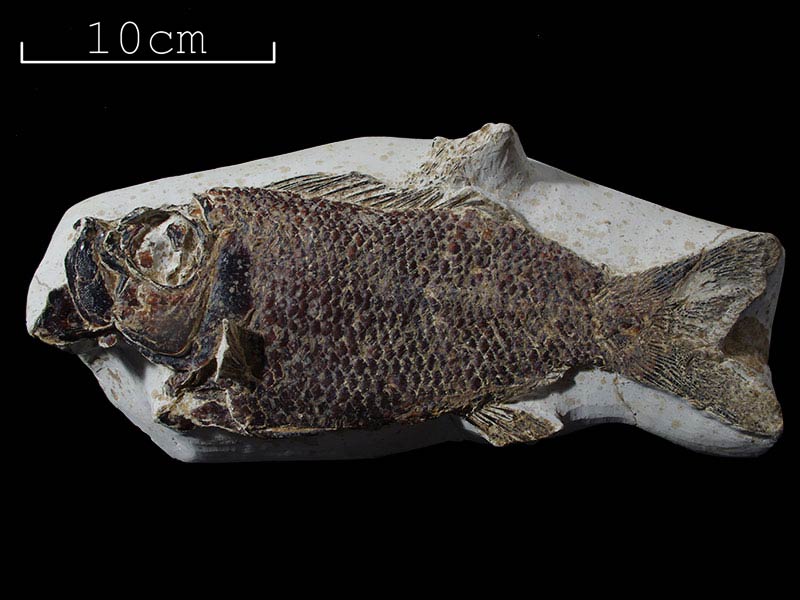
Ctenothrissa radians Upper Chalk, East Sussex.
Found by Charles Potter in the Lewes area in the 19th century this is a rare complete example of this beautiful scaly fish.
-
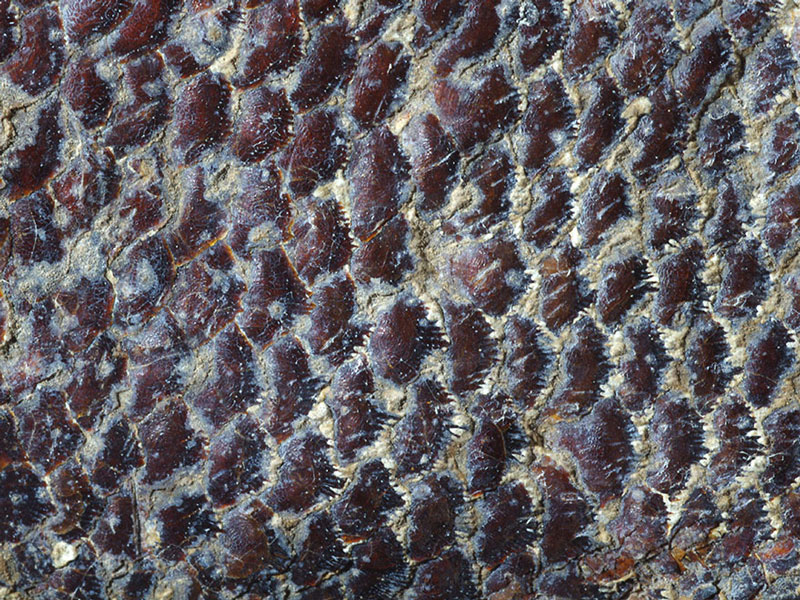
Ctenothrissa radians (detail) Upper Chalk, East Sussex.
Found by Charles Potter in the Lewes area in the 19th century this is a rare complete example of this beautiful scaly fish.
-
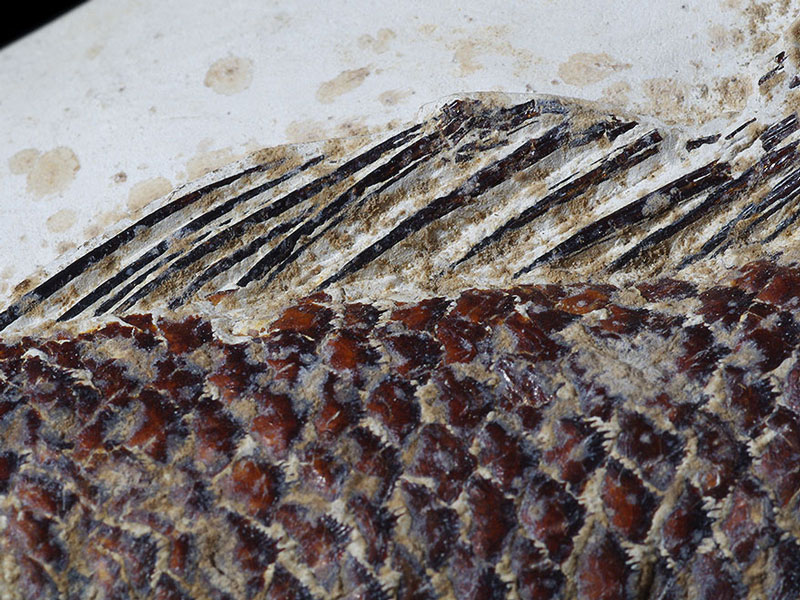
Ctenothrissa radians (detail) Upper Chalk, East Sussex.
Found by Charles Potter in the Lewes area in the 19th century this is a rare complete example of this beautiful scaly fish.
-
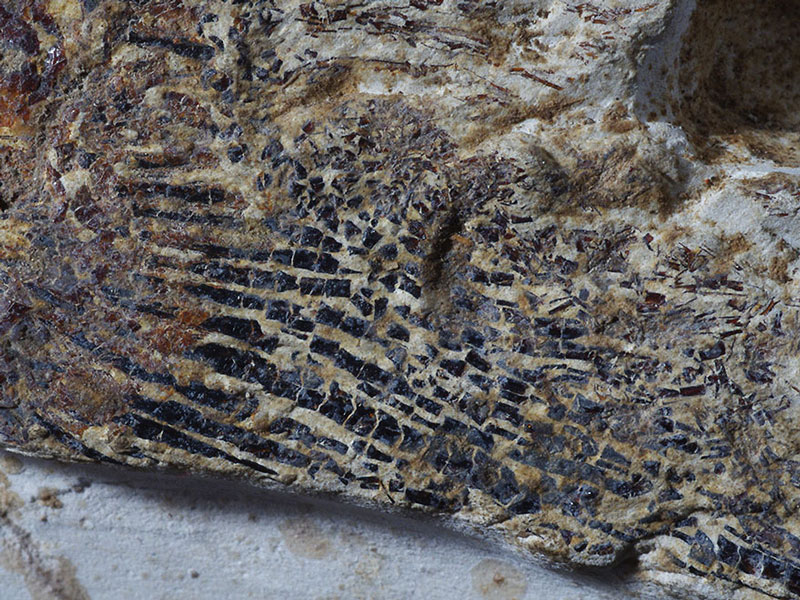
Ctenothrissa radians (detail) Upper Chalk, East Sussex.
Found by Charles Potter in the Lewes area in the 19th century this is a rare complete example of this beautiful scaly fish.
-
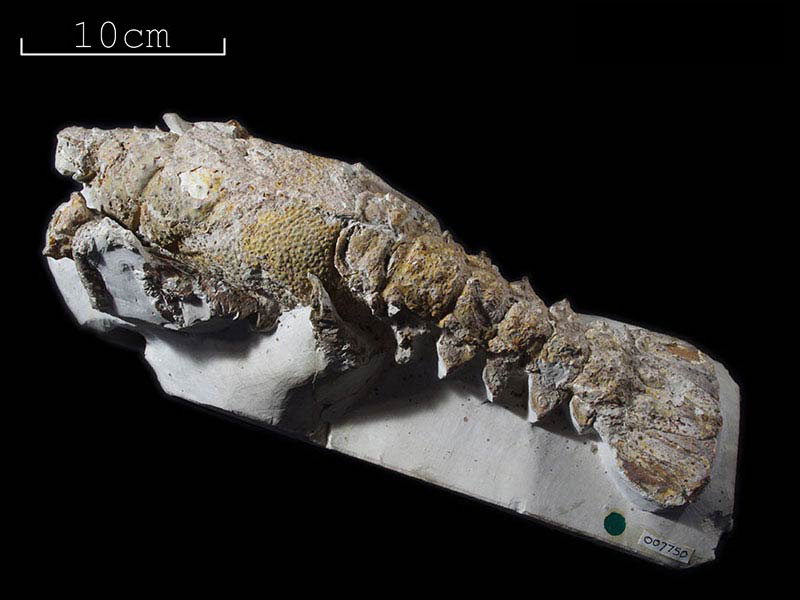
Chalk Lobster: Palaeastacus dixoni Lower Chalk, Clayton, East Sussex.
This splendid Lobster was collected by the notable Brighton worthy Henry Willett and was first published in the scientific press in 1850!.
-
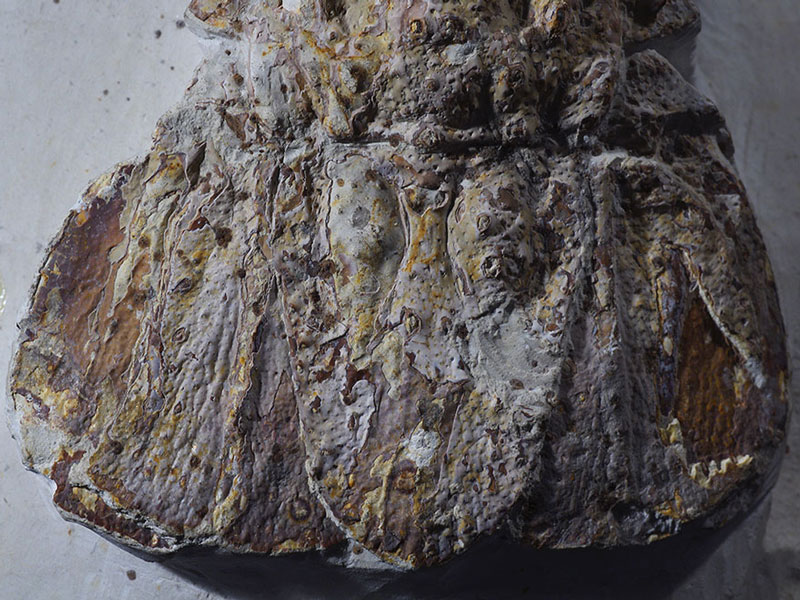
Chalk Lobster: Palaeastacus dixoni (detail) Lower Chalk, Clayton, East Sussex.
This splendid Lobster was collected by the notable Brighton worthy Henry Willett and was first published in the scientific press in 1850!.
-

Chalk Lobster: Palaeastacus dixoni (detail) Lower Chalk, Clayton, East Sussex.
This splendid Lobster was collected by the notable Brighton worthy Henry Willett and was first published in the scientific press in 1850!.
-
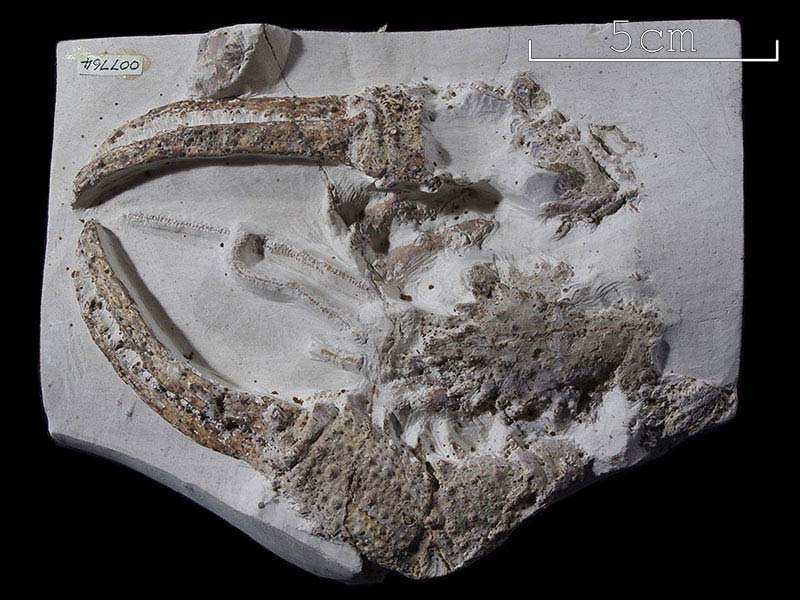
Chalk Lobster: Enoploclytia leachii (Pincers) Lower Chalk, Clayton, East Sussex.
These pincers belong to a different type of Lobster than the last specimen.
-
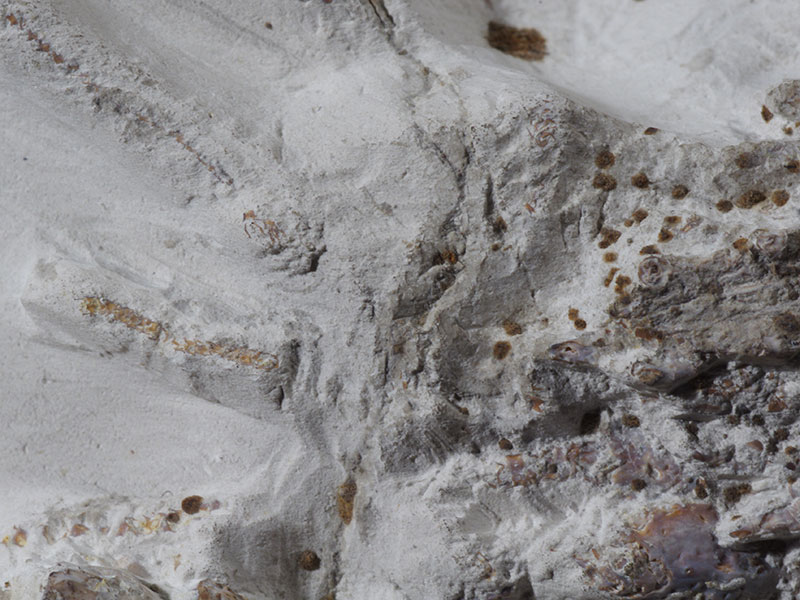
Chalk Lobster: Enoploclytia leachii (Pincers - detail) Lower Chalk, Clayton, East Sussex.
These pincers belong to a different type of Lobster than the last specimen.
-
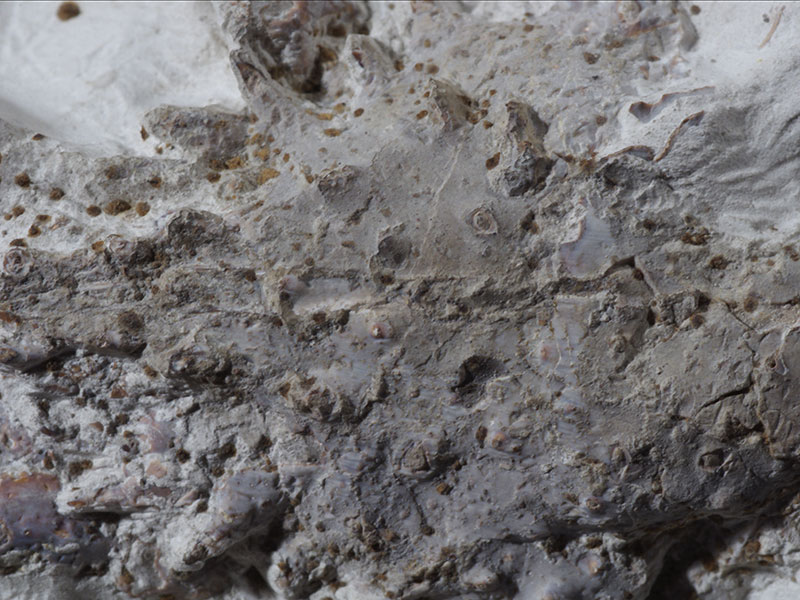
Chalk Lobster: Enoploclytia leachii (Pincers - detail) Lower Chalk, Clayton, East Sussex.
These pincers belong to a different type of Lobster than the last specimen.
-
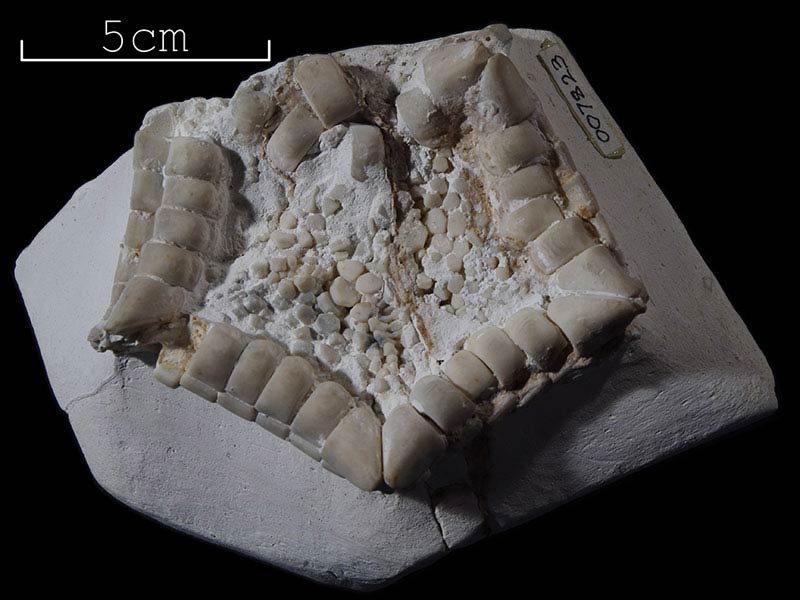
Chalk Starfish: Metopaster sp., Upper Chalk, Kent.
This beautiful starfish is one of many types known from the Chalk, though rarely found complete.
-
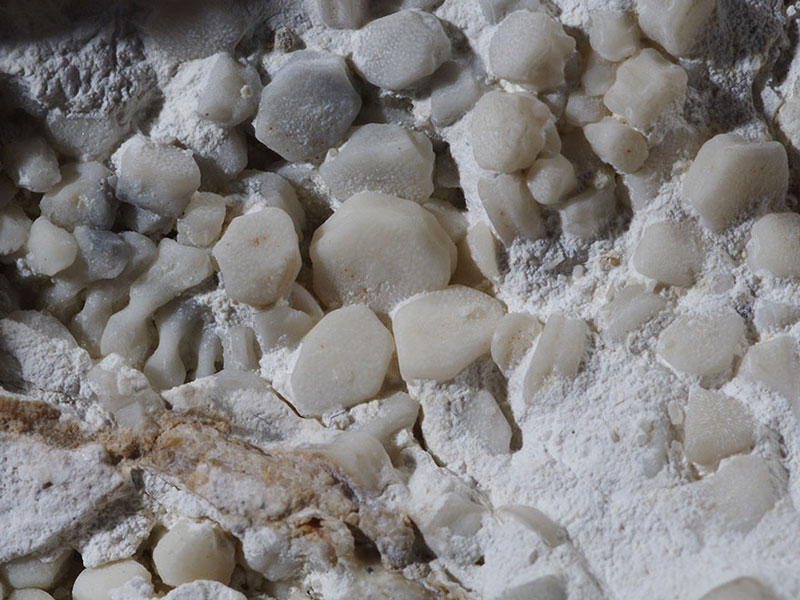
Chalk Starfish: Metopaster sp. (detail), Upper Chalk, Kent.
This beautiful starfish is one of many types known from the Chalk, though rarely found complete.
-
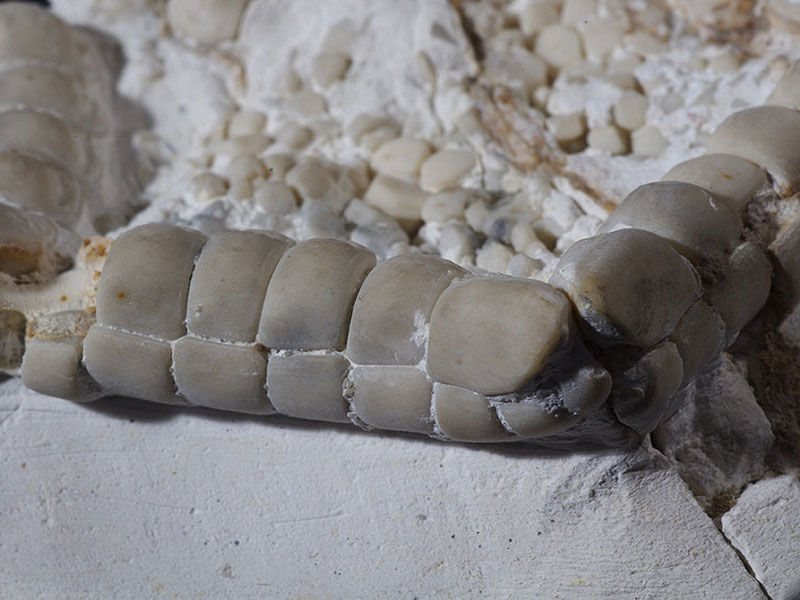
Chalk Starfish: Metopaster sp. (detail), Upper Chalk, Kent.
This beautiful starfish is one of many types known from the Chalk, though rarely found complete.
-
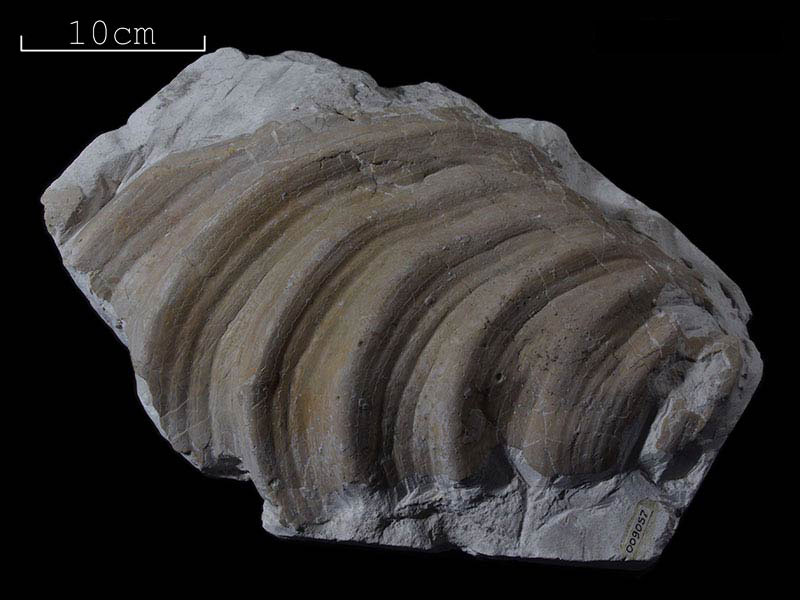
Chalk Bivalve: Inoceramus lamarki, Upper Chalk, Brighton.
These bivalve shellfish are common in the Chalk but are nearly always broken into small pieces. This is a rare almost complete example.
-
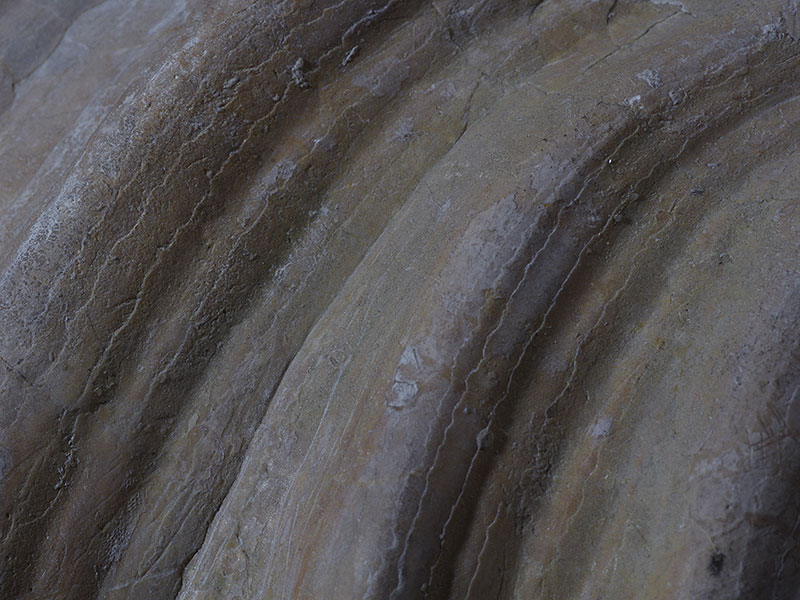
Chalk Bivalve: Inoceramus lamarki (detail), Upper Chalk, Brighton.
These bivalve shellfish are common in the Chalk but are nearly always broken into small pieces. This is a rare almost complete example.
-
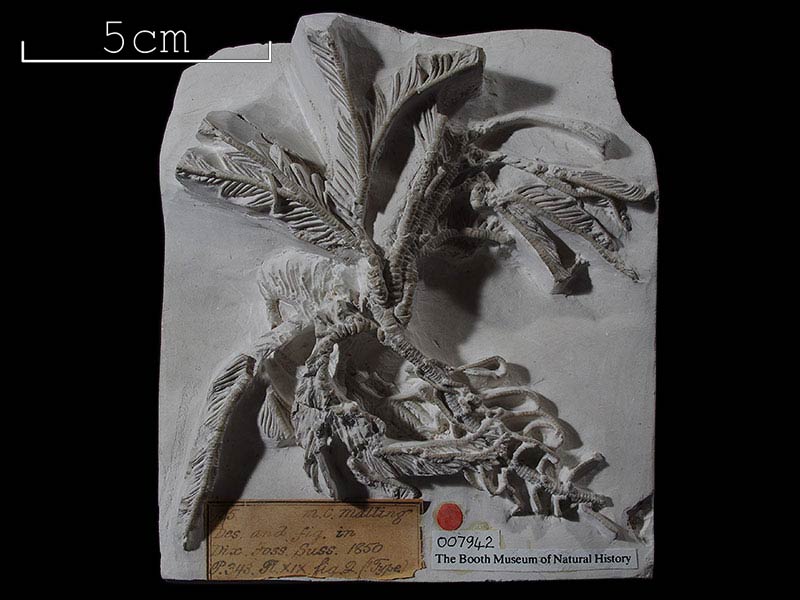
Chalk Crinoid: Isocrinus granosus, Middle Chalk, Lewes.
One of the best specimens known of a Chalk crinoid – a group also called sea-lilies. Imagine an upside down starfish perched on a tall stalk for an understanding of these strange creatures.
-
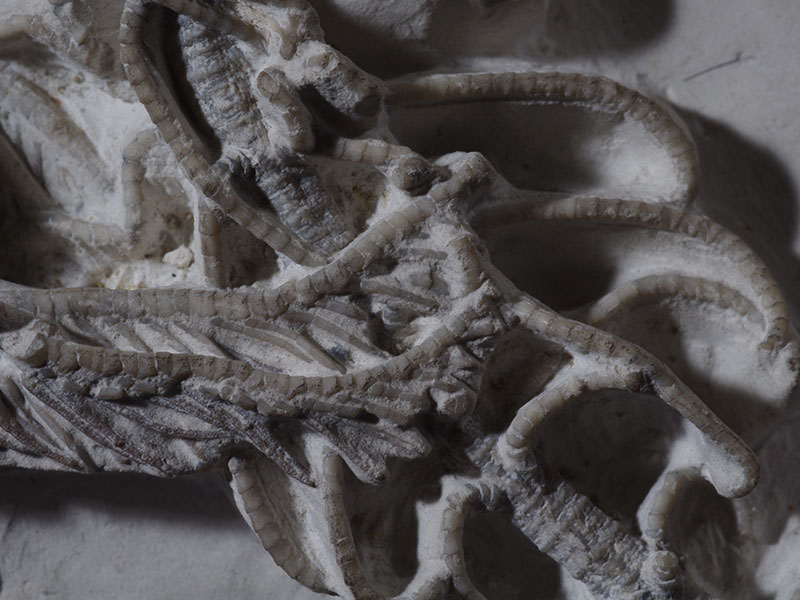
Chalk Crinoid: Isocrinus granosus (detail), Middle Chalk, Lewes.
One of the best specimens known of a Chalk crinoid – a group also called sea-lilies. Imagine an upside down starfish perched on a tall stalk for an understanding of these strange creatures.
-
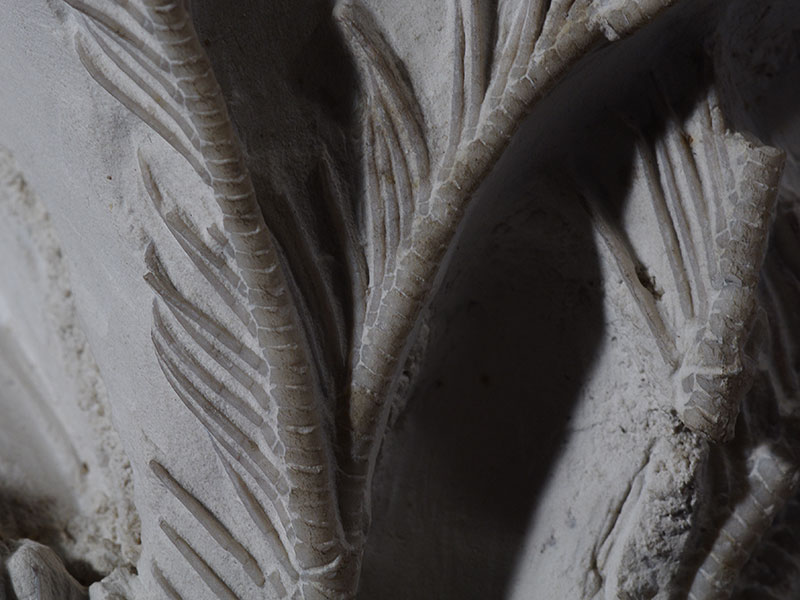
Chalk Crinoid: Isocrinus granosus (detail), Middle Chalk, Lewes.
One of the best specimens known of a Chalk crinoid – a group also called sea-lilies. Imagine an upside down starfish perched on a tall stalk for an understanding of these strange creatures.
-
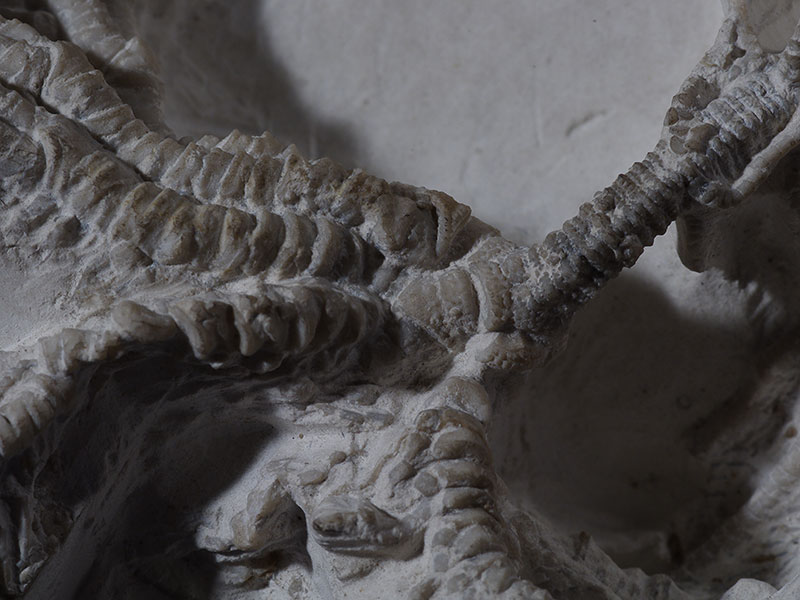
Chalk Crinoid: Isocrinus granosus (detail), Middle Chalk, Lewes.
One of the best specimens known of a Chalk crinoid – a group also called sea-lilies. Imagine an upside down starfish perched on a tall stalk for an understanding of these strange creatures.
-
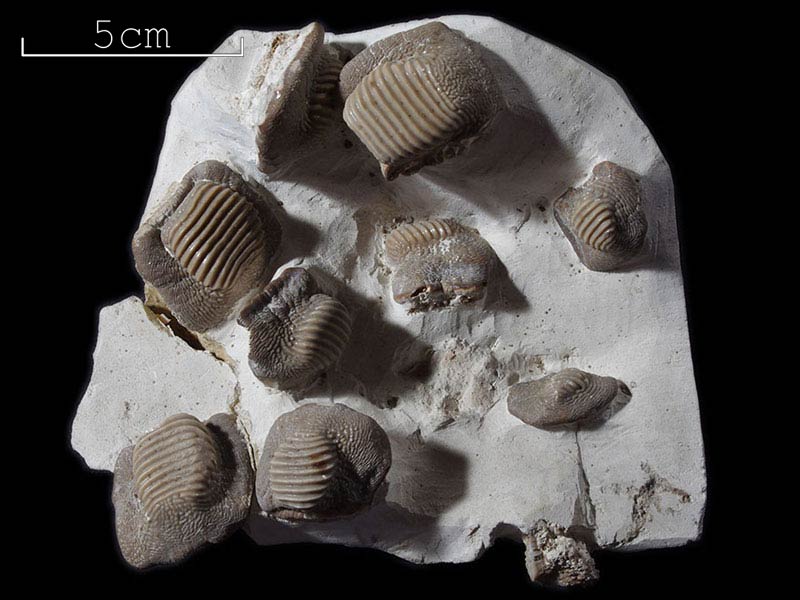
Chalk Ptychodus: Ptychodus sp., Upper Chalk, Sussex.
These are fish teeth, originally from a shark-like ray which would have used a battery of such teeth for crushing molluscs and crustaceans.
-
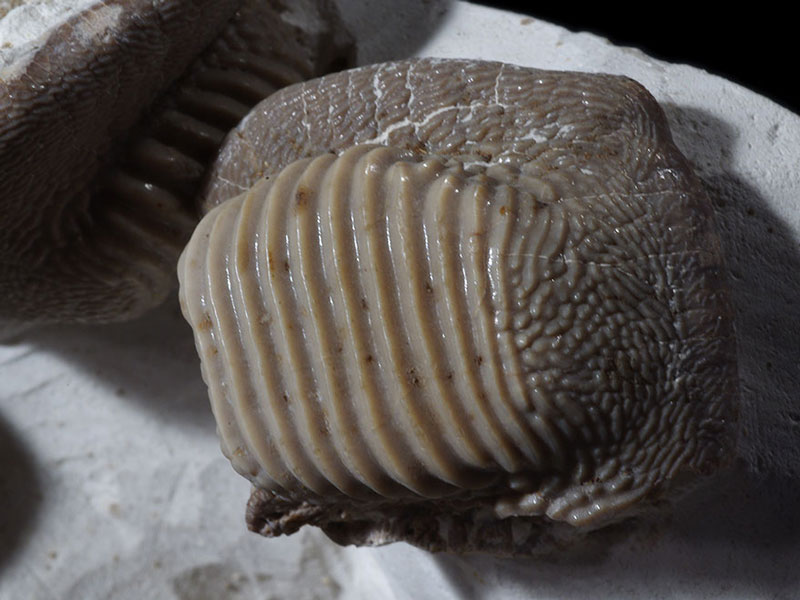
Chalk Ptychodus: Ptychodus sp. (detail), Upper Chalk, Sussex.
These are fish teeth, originally from a shark-like ray which would have used a battery of such teeth for crushing molluscs and crustaceans.
-
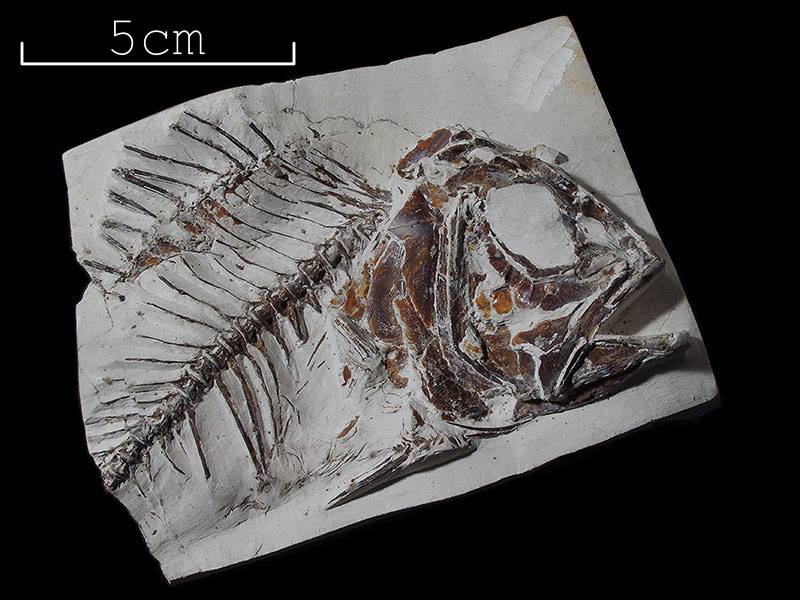
Chalk Fish: Hoplopteryx lewesiensis, Upper Chalk, Southerham.
This fish lived in the Chalk Sea 85 million years ago and was about 27cm long when fully grown.
-
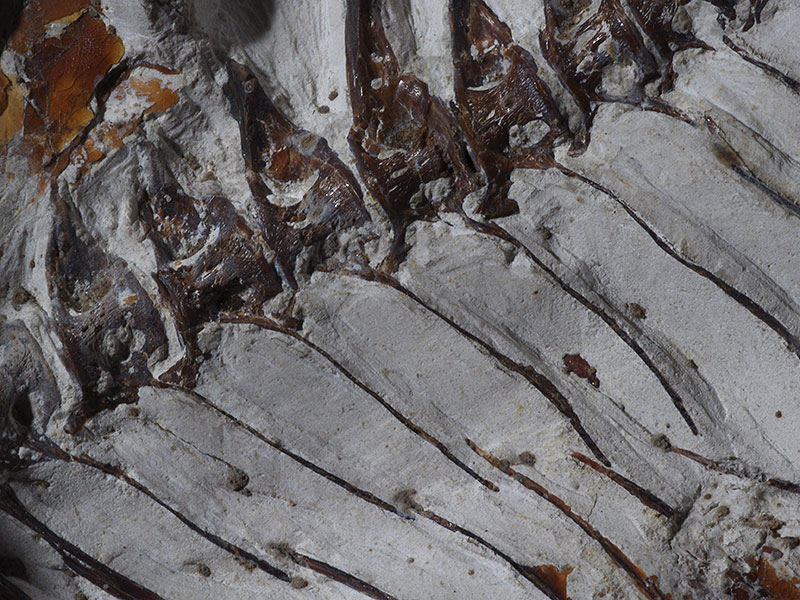
Chalk Fish: Hoplopteryx lewesiensis (detail), Upper Chalk, Southerham.
This fish lived in the Chalk Sea 85 million years ago and was about 27cm long when fully grown.
-
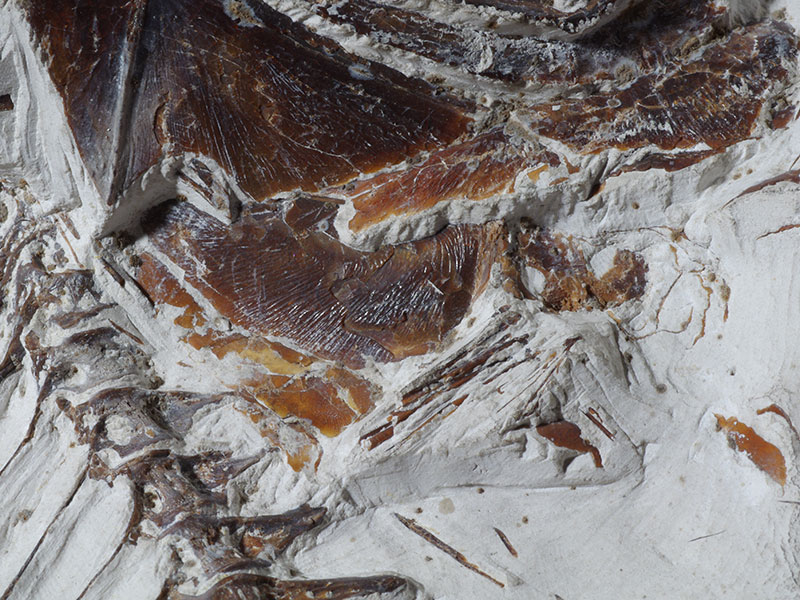
Chalk Fish: Hoplopteryx lewesiensis (detail), Upper Chalk, Southerham.
This fish lived in the Chalk Sea 85 million years ago and was about 27cm long when fully grown.
-
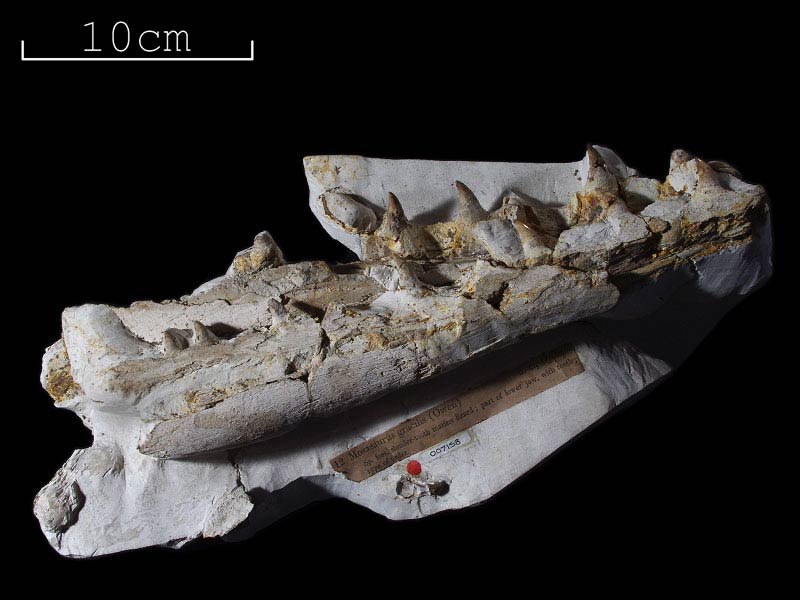
Chalk Mosasaur jaw: Mosasurus gracilis, Offham nr. Lewes.
This is part of a jaw of a marine reptile, not unlike a large monitor lizard. It would have breathed air and been a predator on fish.
-
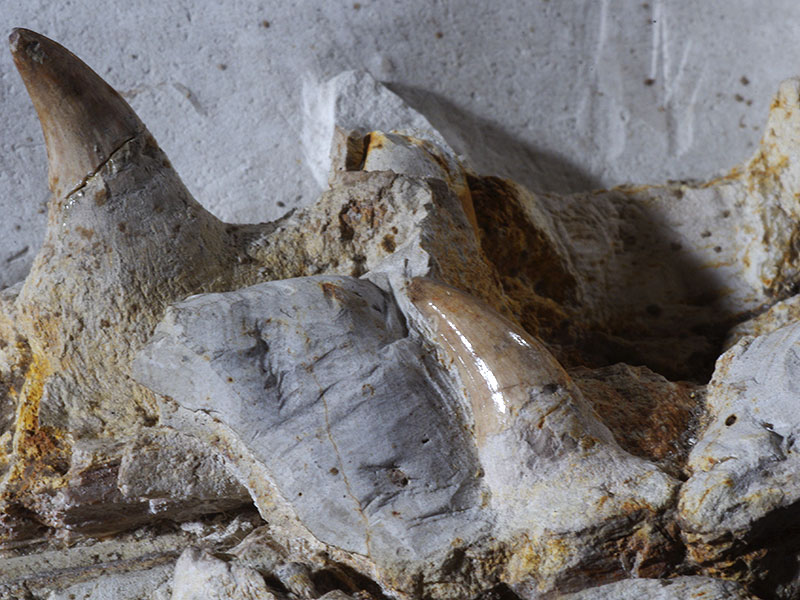
Chalk Mosasaur jaw: Mosasurus gracilis (detail), Offham nr. Lewes.
This is part of a jaw of a marine reptile, not unlike a large monitor lizard. It would have breathed air and been a predator on fish.
-
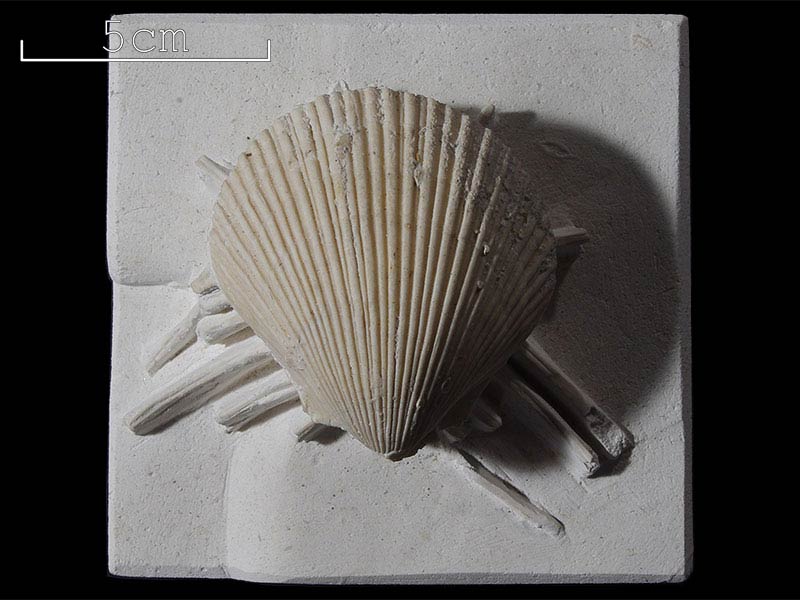
Spondylus
Spondylus spinosus was a common bivalve mollusc that lived in the Chalk Sea. It had spines which helped deter predators and supported it on soft sediments.
-
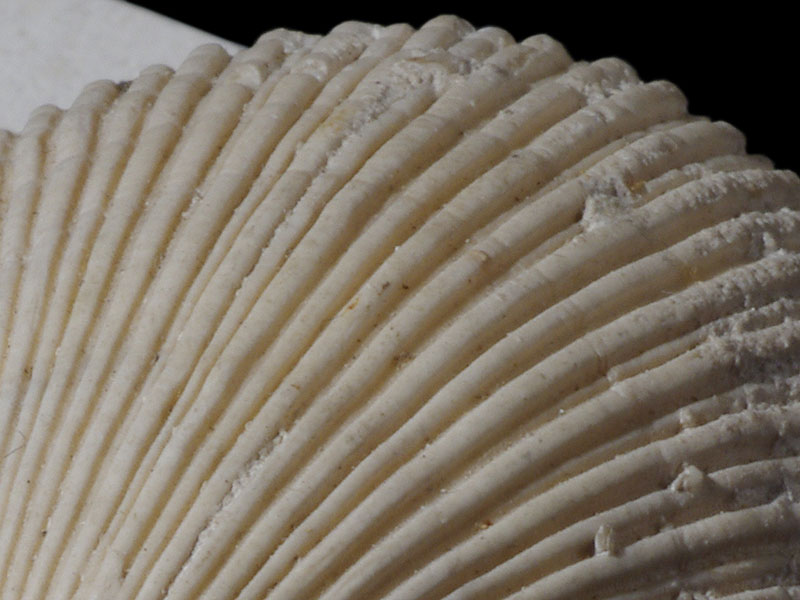
Spondylus (detail)
Spondylus spinosus was a common bivalve mollusc that lived in the Chalk Sea. It had spines which helped deter predators and supported it on soft sediments.